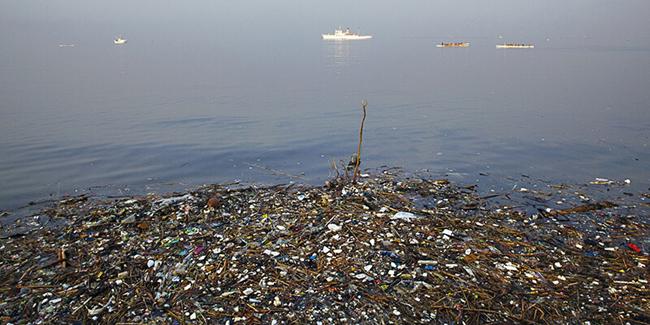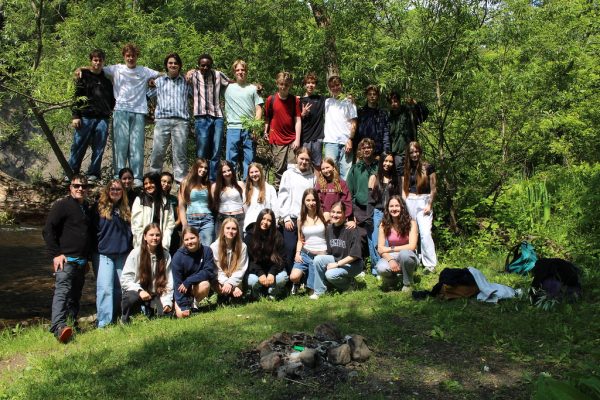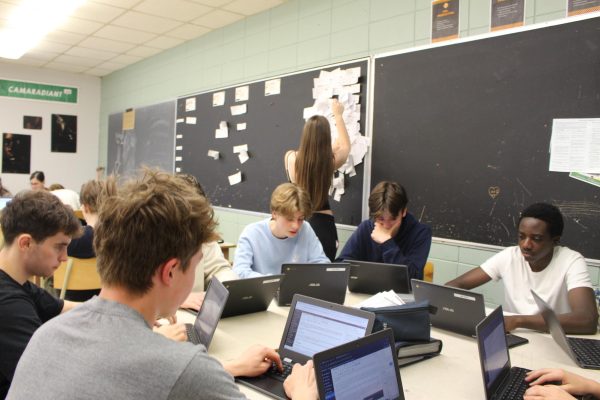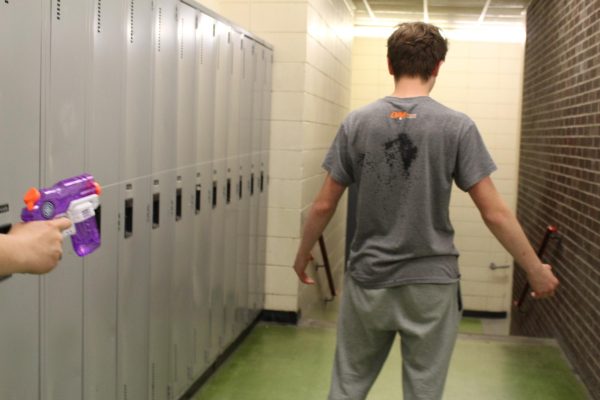The 7th Continent
Also named the Great Pacific garbage patch, or the Pacific trash vortex, the 7th continent is 7 million metric tons of waste forming an island in the North Pacific Ocean. Even if it is not visible from a satellite photography, the gyre covers 3.4 million square kilometres of floating plastic.
It was discover in 1997 by an American oceanographer, Charles Moore, and since then, two other similar cases have been found: one in the Atlantic and one in the Indian Ocean.
The plastic started to accumulate in the fifties and is now one third the size of the United States.
There are harmful and dire consequences for our marine biosphere. A part of the plastic debris are on a microscopic level and are mixed with the plankton ingested by marine animals. As a result, the plastic ends up in the stomach of marine birds and animals as the black-footed albatross or the sea turtle. The result: the endocrine system is induced to cause hormone disruption.
Lets not forget that we are part of the food chain and therefore affected by this phenomena. The shrimps eats micro plastic beads, it’s eaten by a small fish and then this fish is eaten by a tuna, which ends up in our plate. This end results in the ingestion of toxic chemicals by humans.
Some research show that if nothing is done, the great patch will cover the size of Europe before 2025. Luckily, there are many foundations and programs that have been created to fight against plastic waste. Among them you can find: Tara Expeditions, or the Global Drift Program from NOAA (National Oceanic and Atmospheric Administration), which in turn has launched the Plastic Garbage Project.
Also, extensive research has been done to find solutions to this issue. In April of 2008, Richard Sundance Owen, a contractor and scuba dive instructor, created the ECC (Environmental Cleanup Coalition), which collaborates with other groups to find methods to remove plastic and also persistent organic pollutants from the oceans.
In March 2009, the Project Kaisei was created to study and clean up the garbage patch. In August, the New Horizon and the Kaisei (two project vessels) have surveyed the patch trying to determine the possibility of commercial recycling. Still in 2009, the Seaplex Expedition started. It was a voyage of 19 days in the ocean to observe the patch. The main goal of the group was to describe the abundance, and distribution of plastic in the gyre.
Many scientists are very concerned about plastic in the oceans and the effects it will have on the marine biosphere. Miriam Goldstein, an expert on the subject said: “It is something that should not be in the sea and that is changing many aspects of the ecology of the oceans.” She led a group of researchers on the coast of California and for three weeks, they collected marine animals, and water samples at different intervals. They used mesh nets to catch micro-plastic particles that are deadly to fish, seabirds, and even whales. They found out that 10% of the marine animals examined had ingested plastic.
Many people think the problem is only where the gyres are. But the Science Journal showed results of their findings: 5 to 12 million tons of plastic are thrown in the oceans every year, and this is on top of the 100 to 150 million tons already in the oceans. As many as 13 000 pieces of plastic can be found in every square miles of the oceans. It means that plastic debris aren’t just in the vortex but everywhere in the oceans.
Sources: Time Magazine
Seaplexscience.com
Gyrecleanup.org
The Guardian
Science Journal
The Global Oyster







josephine lauchard • Jan 24, 2019 at 9:52 pm
the problem with plastic and machinery is a disaster to our lives. We should start by teaching our children from school and home about it. give all children at least 1 hour twice a week of lessons so that it can be fixed into their brain, and this to be done in all the schools. Trying to recycle is excellent but is the plastic and machine rubbish is not reduced or stopped it would be a waste of energy
Ariane Giuere • Jan 31, 2016 at 6:03 pm
very interesting